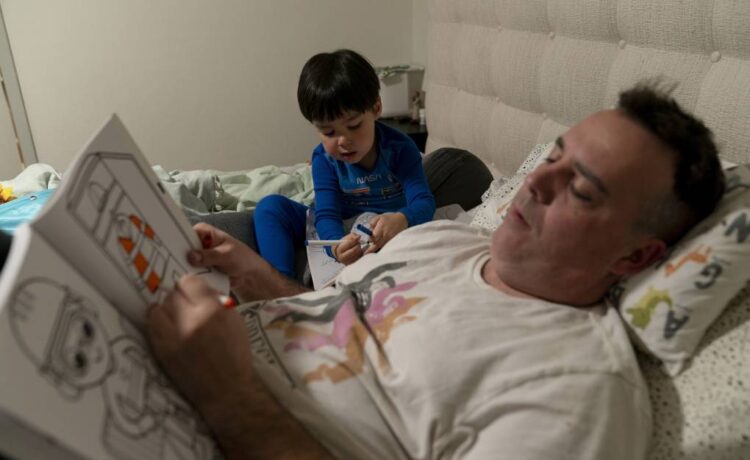Enrollment in the optional program has grown more slowly than projected. Gov. Gavin Newsom, a Democrat, had estimated about 120,000 students would enroll last year; however, the average daily attendance was around 91,000 students.
Through December of this school year, the average daily attendance was about 125,000 students, said Sara Cortez, a policy analyst for the California Legislative Analyst’s Office.
Coming out of the COVID-19 pandemic, some families no longer see the same value in traditional kindergarten. Some are just as happy with programs that don’t have an academic component. School days requiring midday pickups also can sway families toward private day cares, Head Start programs and other alternatives offering full-day care.
Some schools hosting transitional kindergarten offer child care before or after instruction, but not all.
“If your school doesn’t offer those wraparound child care services at the beginning or end of school days, then staying in child care may be the only option parents have,” said Deborah Stipek, a former dean of the Graduate School of Education at Stanford University, who has advocated for equitable access to early childhood education in California.
States including Iowa, Michigan, New Jersey and Washington have provided early learning options similar to transitional kindergarten, and there is evidence of the program’s benefits.
In California, where the programs are taught by educators with the same credential requirements as kindergarten teachers, a five-year study found their students entered kindergarten with stronger mathematics and literacy skills. In Michigan, where the transitional kindergarten program is not offered statewide, the programs have been linked to increases in third-grade test scores in math and English. A California study, however, found no such test score increase by third or fourth grade.
“Kids are getting the opportunity to become familiar with the school environment before they start kindergarten,” said Anna Shapiro, a policy researcher at RAND who has studied early childhood program effectiveness for about a decade and analyzed the TK program in Michigan.
Another benefit to transitional kindergarten is that it’s free.
María Maldonado, who has seven children and works at a deli in Los Angeles, sends her 4-year-old daughter, Audrey, to transitional kindergarten at Para Los Niños Charter Elementary School. Her daughter likes it so much, Maldonado said she would happily pay even if it wasn’t free.
The program includes after-school care, so Audrey remains at the school from 7 a.m. until 6 p.m. Audrey is learning to read and can count to 35, and asks to stay at the school longer when her parents arrive well before pickup time, her mother said.
Maldonado only wishes she had heard about the program sooner for her other children. She said she was sold on the school after visiting and speaking to the teachers.
“Academically, they have to learn everything they’re taught. But if the atmosphere is good, that’s a combination that will keep kids happy. As a result, this girl loves going to school,” she said.
As of this school year, California’s transitional kindergarten was open only to 4-year-old children who turn 5 by early April. The cutoff will widen to include more kids this fall in a graduated expansion.
For Ethan’s parents, the emphasis on play-based learning at his day care center, run by KinderCare, was an important factor in their decision to keep him there, in addition to the all-day care.
“There are families who choose to stay with us because we have full-time, full-year care,” said Margot Gould, senior manager of government relations for KinderCare, which operates in 40 states.
Ethan’s father, Scott Quinn, recalls thinking, “How bad can it be?” when they opted out of transitional kindergarten. But he has been discouraged to see Ethan — one of the oldest kids in his day care class — pick up the behavior of kids who are several years younger than him.
“In retrospect, it would have been better to send him to school to be around kids his age and older,” he said.
















